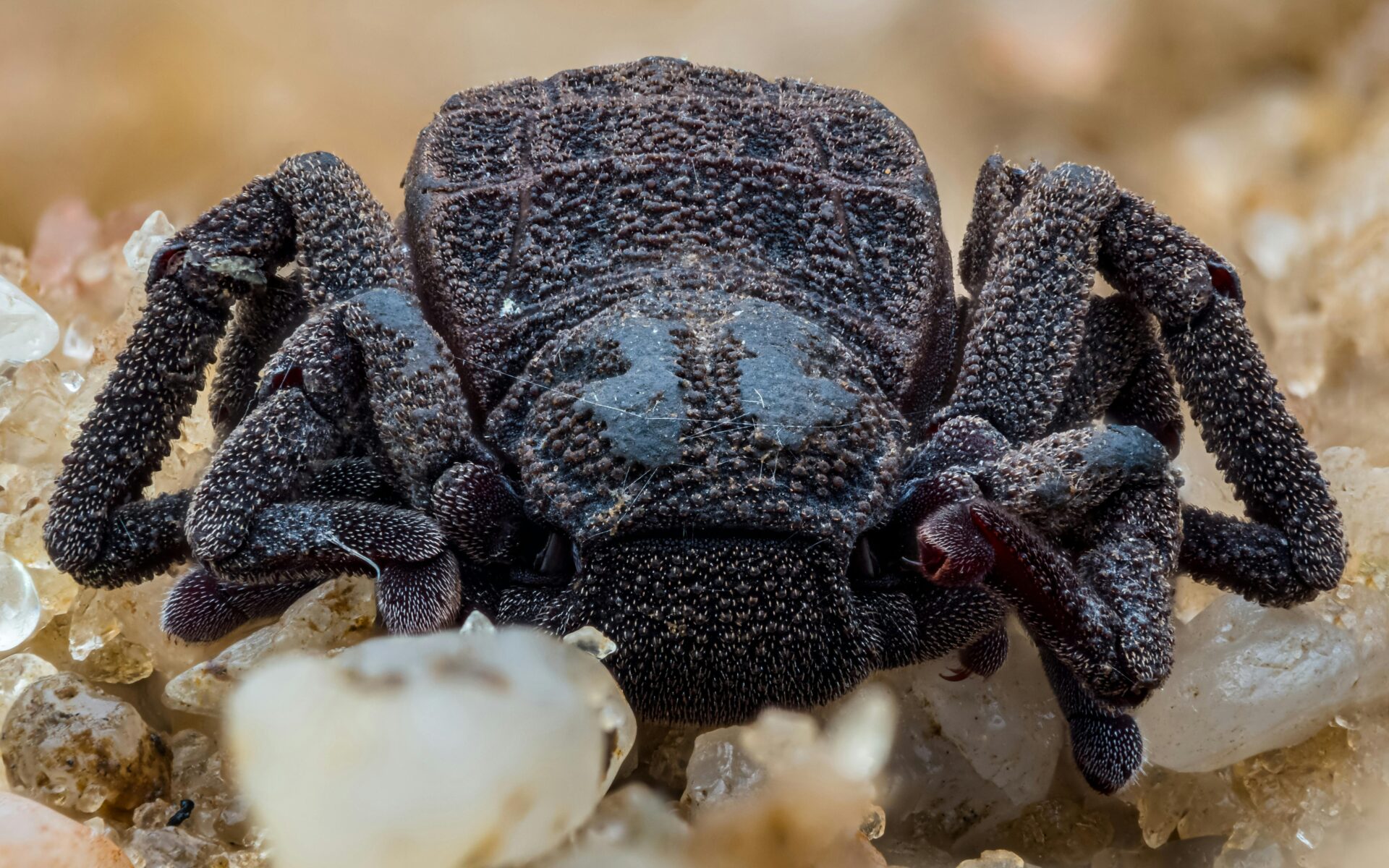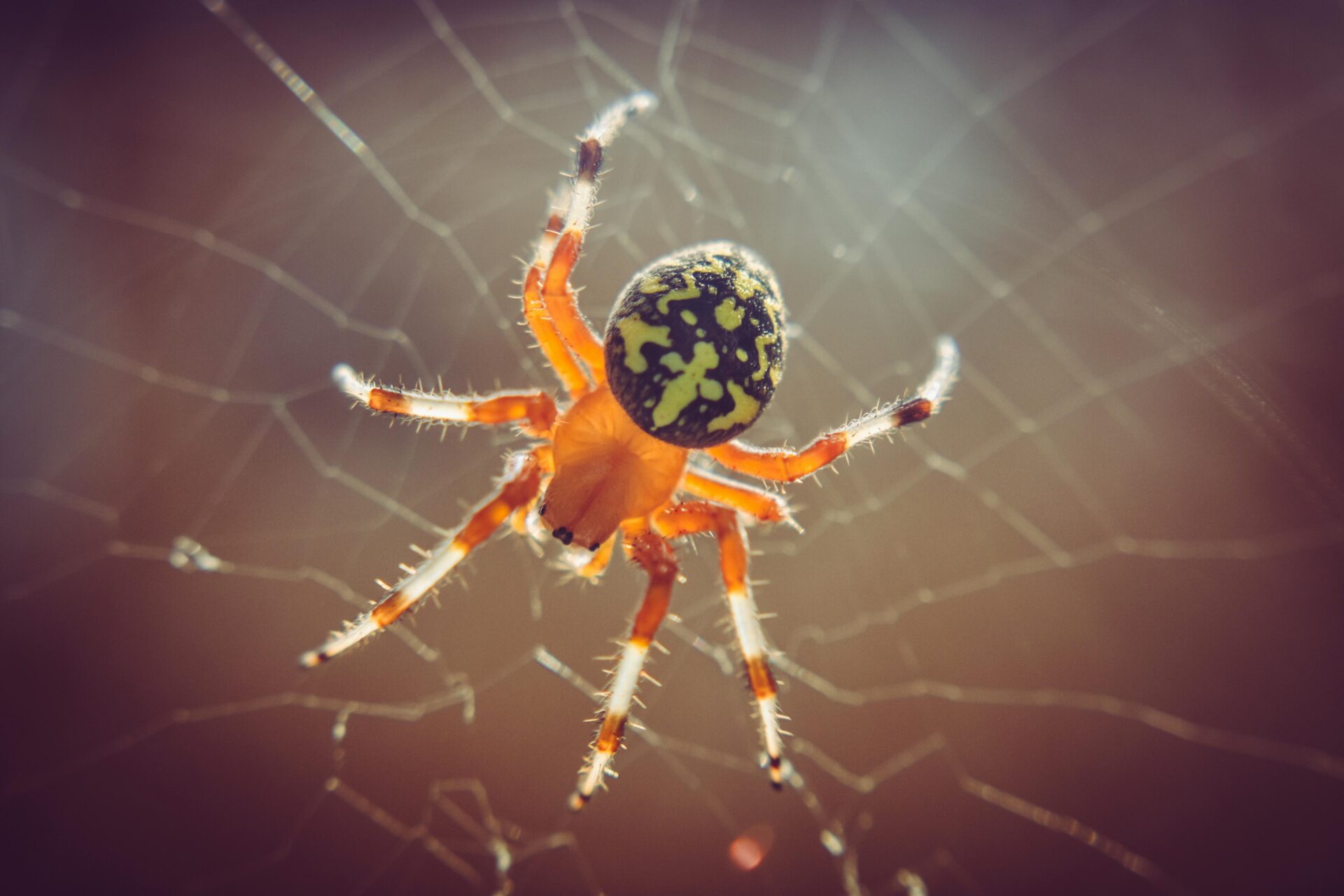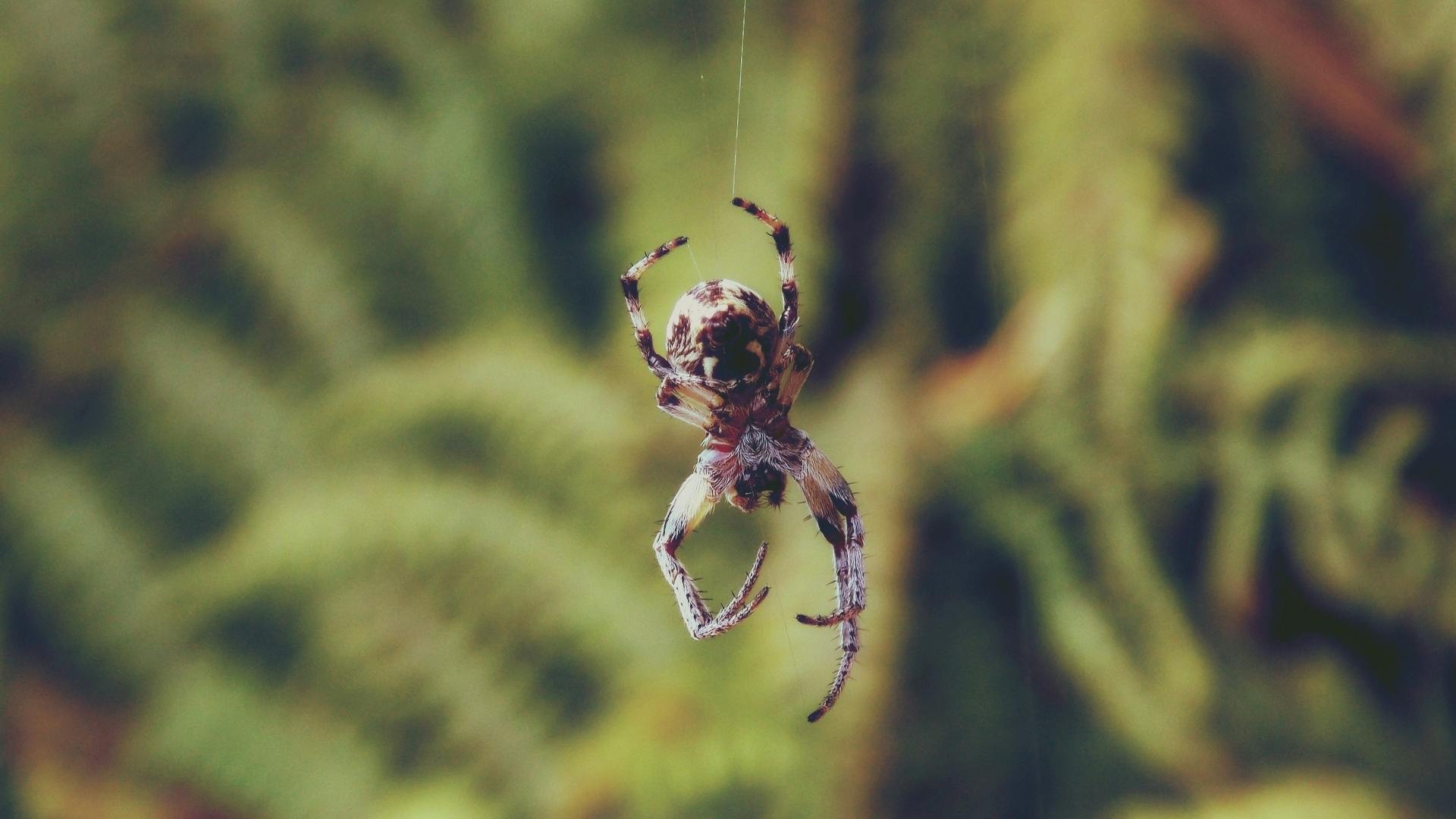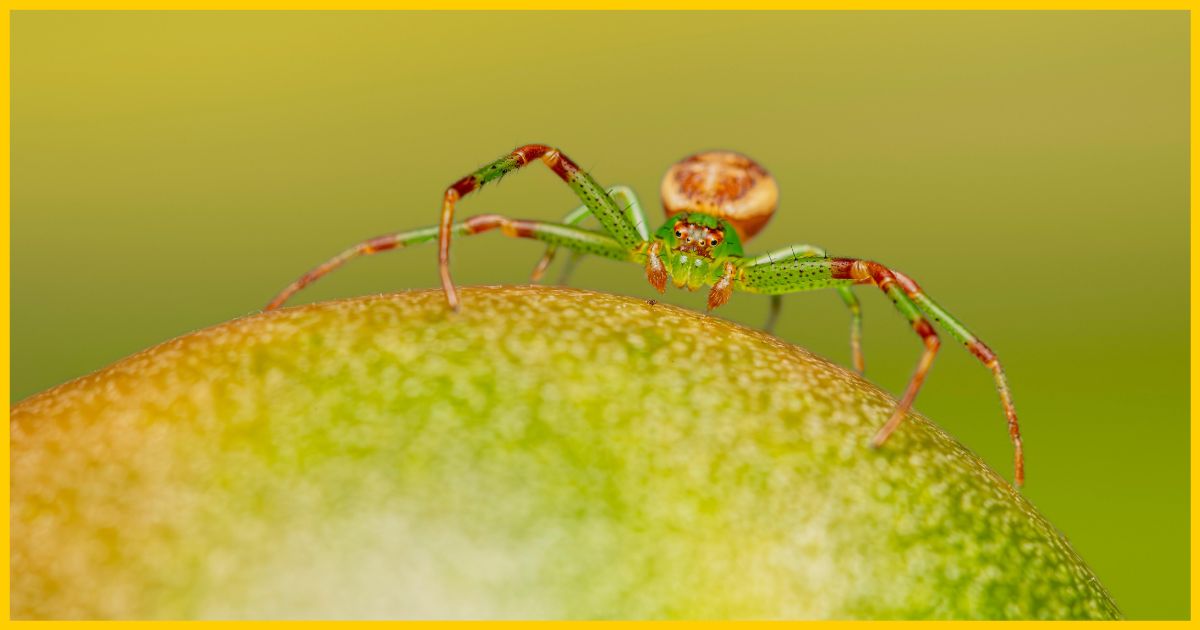Hello readers! Have you ever thought about the nocturnal habits of spiders? That is to say, how do spiders sleep? These creatures with eight legs are often a subject of fear and fascination. In this article, let’s explore one of the fascinating facts about the concept of the sleeping cycle of spiders.

You all must know that good sleep is a secret ingredient of a healthy body. It contributes to having an active working schedule for humans. However, have you ever wondered – how do spiders sleep? Just like humans, spiders must have some rest and sleep to function actively. Hence, even spiders have their daily sleeping cycle to recharge themselves to perform their routine activities.
Spiders have a mysterious sleep habit that has created a huge scientific curiosity. Scientists know that spiders do sleep to recharge themselves. However, a major question is how do spiders sleep? The answer is REM sleep.
You may wonder, what is REM (Rapid Eye Movement) sleep and what is its relation with spiders. Let’s understand more about the sleeping habits of spiders!
Table of Contents
- How Do Spiders Sleep?
- Do Spiders Sleep Upside Down?
- REM Sleep Evidence in Other Animals
- How Long Do Jumping Spiders Sleep?
- Conclusion
How Do Spiders Sleep?
Before understanding how spiders sleep, it’s important to first understand their unique body structure and behaviour.
Mammals have a centralized brain. That is to say, they have a centralized nervous system. This system allows them to coordinate complex activities of their body. Hence, the human body follows a traditional sleep-wake cycle.
Our brain controls the Circadian rhythm (body’s clock), a natural clock. Circadian rhyme is 24-hour cycle, which is influenced by light and dark. Therefore we sleep at night and wake up in the morning.
On the other hand, Spiders don’t have a centralized nervous system therefore they lack a centralized brain. Spiders have a collection of ganglia which are distributed throughout their bodies. As a result, Spiders form a decentralized nervous system that coordinates all the complex body functions.

Moreover, recent research studies have suggested that spiders do rest for a particular period. Spiders can’t close their eyes. This is because the body structure of spiders lacks eyelids. So, instead of closing their eyes and taking a nap, spiders reduce their activity levels and lower metabolic rates. These resting periods are essential for their energy consumption, regeneration, and their growth. This is how they take a break from their activities and take rest.
This experiment concluded that brain activity and muscle movements were lowered during rest. That is to say, spiders go through a lower activity period. This low-activity period provides them with enough rest to recharge their body for further activities.
Most importantly, spiders also have circadian rhythms. This internal body clock tells them when to rest. Most spiders rest at night while some spider species also rest during bright daylight.
Do Spiders Sleep Upside Down?
One of the most interesting aspects of spider sleep habits is their resting position. They can rest in an upside-down position. It is mostly observed that during their resting period, spiders use their legs with specialized adhesive pads to keep them in an upside down sleeping position.

It is also observed that during the resting period of a spider, the body activity slows down. To understand more about the resting period, some scientists carried out research. They used tiny sensors to measure the brain activity and muscle movements during the resting period. This is the simplest answer to the question: how do spiders sleep? Let’s understand what this experiment concludes in brief.
They adhere to the surface effortlessly and take rest. It protects them from predators and further improves their hunting opportunities.
Moreover, jumping spiders hang upside down on a silk thread and stay motionless for most of the night. This helps them to become more active and have rapid retinal movements. This adaptability of spiders in their choice of sleeping positions highlights the remarkable diversity of sleep strategies in the animal kingdom.
REM Sleep Evidence in Other Animals
REM sleep stage is mostly observed in mammals. For example, humans, cats, mice, horses, sheep, and armadillos. However, evidence of similar sleep patterns has also been observed in other vertebrates and even in some of the invertebrate species.
Rapid eye movement sleep stage is present in all the terrestrial animals such as primates, some reptiles, birds, and aquatic animals. Studies on certain species of fish and reptiles have revealed neural activity patterns during sleep reminiscent of REM sleep in mammals. This suggests that the evolutionary origins of REM sleep may be traced back to a common ancestor predating the divergence of vertebrate and invertebrate lineages.
The amount of REM sleep is varied depending on the type of species. The Australian platypus – Ornithorhynchus anatinus has the longest rapid eye movement sleep stage, which is eight hours per day.
How Long Do Jumping Spiders Sleep?
Let’s explore the sleeping schedule of jumping spiders. Jumping spiders are awake during the day and sleep during the night hours. Hence, they are diurnal. They hang around in an upside-down position with the help of their legs attached to the surface.
Sometimes, jumping spiders use a single silk thread and suspend themselves in mid-air for hours. When they are in this position, spiders twitch, curl their legs, and exhibit eye movements similar to those seen in humans.
Recently, some researchers have found that baby-jumping spiders may experience REM sleep. Some researchers observed that, during the night, some adult jumping spiders twitch their abdomen and curl their legs.
Furthermore, recent research also suggested that the duration of sleep in jumping spiders varies depending upon different internal and external factors. These factors include environmental conditions, age, and reproductive age of the jumping spider. On average, each day, jumping spiders may sleep for several hours.
Conclusion
Now, we have a better understanding of a burning question – how do spiders sleep? In conclusion, they cannot close their eyes, but they reduce their physical activity and metabolic rate to conserve energy. To conserve internal energy, they also reduce their muscle movements and brain activity during their resting period.
Spiders have circadian rhythms in their bodies. Hence, most spiders rest during the night. Certain species of spiders also rest in bright daylight. It’s fascinating that there are so many different types of spiders. Each has distinct physical characteristics and behavioural patterns. This variety is also noticeable in their rest period type.
Most spiders follow rapid eye movement, or REM sleep stage, when they are at rest. Some spiders remain on the surface, while others attach themselves to silk threads and hang in the air.
REM has been observed in mammals, vertebrates, invertebrates, reptiles, birds, and fish. Scientists are curious about the rapid eye movement concept. It is because it might help determine the common ancestor that predates evolution.
